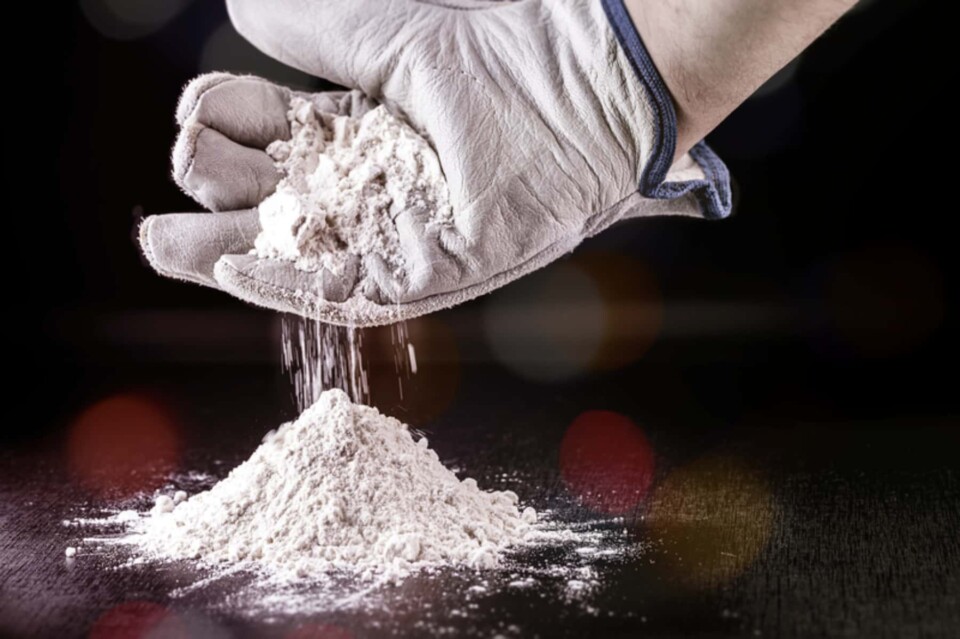Titanium dioxide is the most widely used whitening pigment in the world and has been linked to adverse health effects, particularly genotoxicity and intestinal inflammation. It is applied as food coloring and a whitening agent to a wide variety of foods, including chewing gum, cakes, candies, breads and ice cream.
Because of health risks, France banned titanium dioxide as a food additive in 2020. Two years later the European Union also banned titanium dioxide as a food additive.
But in the U.S., titanium dioxide is found all over the grocery shelves. Candy like Skittles, Starbursts, and Jell-O, gum like Trident White peppermint gum and Mentos Freshmint Gum, cake products like Duncan Hines Creamy Vanilla Frosting, and Nabisco Chips Ahoy! cookies are just a few of the myriad food items that contain the additive.
A significant body of research, mostly from rodent models and in vitro studies, has linked titanium dioxide with health risks related to the gut, including intestinal inflammation, alterations to the gut microbiota, and more. It is classified by the International Agency for Research on Cancer (IARC) in Group 2B, as possibly carcinogenic to humans.
As a food additive, titanium dioxide and its nanoparticles in particular have been associated with DNA damage and cell mutations, which in turn, have potential to cause cancer. When used as a food coloring, it is known as E171.
With the rise of nanotechnology, research in recent years has also shown the dangers of titanium dioxide (TiO2) nanoparticles, and their genotoxicity, which refers to a chemical agent’s ability to harm or damage DNA in cells, thus potentially causing cancer.
Nanoparticles
Over the last several years, nanoparticles have come under scrutiny for adverse health effects. Nanoparticles are ultrafine particles between 1 to 100 nanometers in diameter. (To put this in perspective, the average human hair is around 80,000 nanometers thick.) Because of their size, which can be engineered and manipulated at the atomic or molecular level, nanoparticles exhibit unique physical, chemical, and biological properties. Titanium dioxide is one of the most commonly produced nanoparticles in the world.
Studies of titanium dioxide as a food additive suggest health dangers
Genotoxicity and cytotoxicity
Numerous studies have linked titanium dioxide to genotoxicity and cytotoxicity. Genotoxicity refers to a chemical’s potential to cause DNA damage, which can, in turn, lead to cancer. Cytotoxicity is a general term that refers to a characteristic of being harmful to cells. Â
French researchers studied how and where E171 nanoparticles enter the bloodstream, first studying the route through pigs and then in vitro with human buccal cells, for a 2023 study published in the journal Nanotoxicology. The research showed that the nanoparticles absorbed quickly through the mouth and then into the bloodstream, before damaging DNA and hindering cell regeneration.

Please think about donating below.



